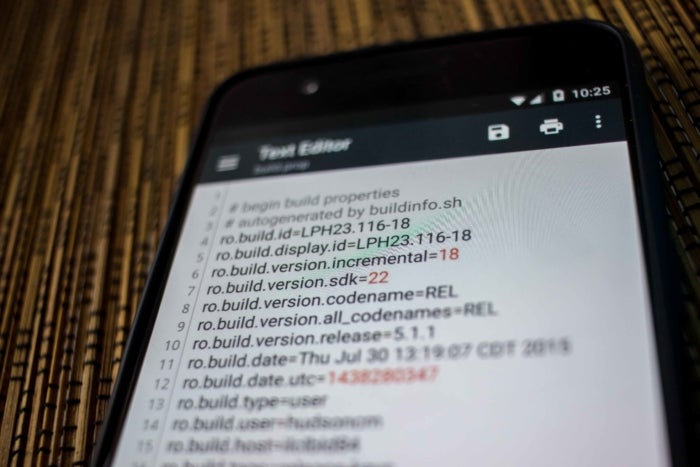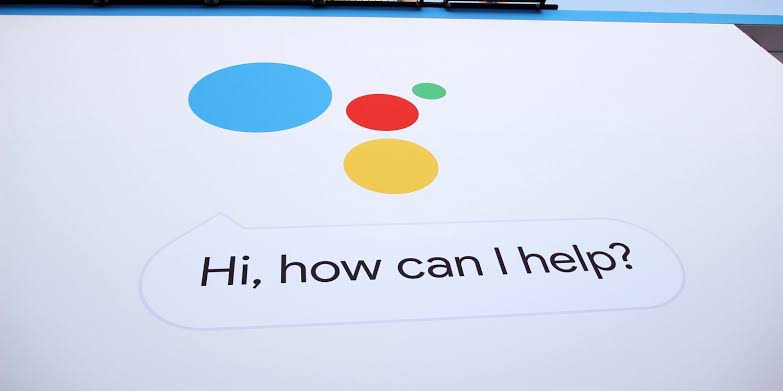Wearable devices from the past, such as calculator watches, aren’t consistently recognized as innovations, yet they have been available for quite some time. Therefore, let’s look back at the evolution of calculator watches, shall we?
The earliest calculator watches were capable of doing several elementary mathematical operations, including addition, subtraction, multiplication, and division. Calculator watches are capable of operating with eight digits, but they also function properly with six. (Ten is relatively uncommon; however, Casio made one model of it in the past; it was called the CBA 10).
Additional Reading: Which VO2 Max Watch Is Most Accurate?
A snippet from the long and illustrious history of calculator watches
Calculator watches were an icon of the style of their era, having made their debut in the 1970s and continuing to be manufactured well into the 1980s to keep up with soaring demand. Casio is arguably the first brand that comes to mind when people think of vintage Smartwatches today.
Fans went crazy over more complicated calculator watches that came out in the late 1970s. These clocks had more buttons than the typical mobile phone at the time, and they were a huge hit. Many famous people were fans! However, after reaching their apex of popularity in the 1980s, calculator watches began to experience a decline in sales. As a direct consequence of this, websites belonging to collectors, discussion boards frequented by tech aficionados, and online watch communities were bustling with activity.
In the 1970s, Hamilton introduced the Pulsar LED prototype, which fundamentally changed the watch industry. The following year, 1972, saw the very first digital LED watch release. After that, in 1975, the company released a watch that functioned as a calculator.
The Hewlett-Packard HP-01 was probably the most well-known pocket calculator watch that was ever produced. Despite this, alternative calculator watches were immediately made available by different manufacturers as a result of the watches’ immense popularity. One notable piece came from Uranus (LOL), which included a digital LED watch with buttons so small that they necessitated the use of a pen. As a result, the Casio pocket calculator watch stood out from the competition due to the fact that the buttons were far easier to press with one’s finger.
In 1977, HP released the HP-01, which was the first calculator to have the capability of doing more complex mathematical operations. Including the ability to link a stopwatch to the calculator, which helps to make it one of the most advanced calculators watches ever produced.
The TI Star Wars Watch was released in 1977, which was also the year that the first U20 LED watch was released. Both of these watches had a significant impact on the digital watch environment. In 1977, TI manufactured a licensed LED watch related to the debut of the Star Wars watch for the price of $1,695, a price that, predictably, continued to reduce over time.
Casio initially developed the Databank at the height of the company’s success. A pocket calculator also functioned as a timepiece with computational capabilities. Additionally, it had the capacity to store names, addresses, and telephone numbers, in addition to appointments. Casio has since developed the ability to incorporate a wide variety of features into its original calculator watch design. They went so far as to include the classic arcade game Space Invaders in addition to the calendar and alarm functions.
The 1980s
Around the middle of the 1980s, mobile phones and personal digital assistants (PDAs) became more affordable and widespread, which led to the gradual fall of calculator watches. Because of this, watches have evolved into the ideal and unrivaled geek accessory. Because calculator watches were such a specialized market, most manufacturers decided to concentrate their efforts on developing less complicated and less expensive models.
There was the Casio Calculator Watch before there was the Pebble, and even before Steve Jobs had the idea for the iWatch, it was just a glimmer in his eye. Because of the small size of the buttons, the first pocket calculator watch came with a combination pen and stylus that was used to enter the buttons. Another product that was ahead of its time was the cumbersome time calculator known as the Model 901. This device had a numeric keyboard in addition to function keys for performing operations such as adding, dividing, multiplying, and subtracting.
Additional Reading: Smartwatch Radiation – Health Risks & Protection Tips
Today
We can all concur that determining the time has not been the primary function of watches for quite some time now! Since the days of the calculator watch, improvements in performance and a smaller footprint have been made in wearable electronics. Technology is now so pervasive in our everyday lives that it was once considered little more than a gimmick. Creators are continually reevaluating the primary use of their various wearables and other gadgets in light of the growing popularity of smartwatches and other emerging technologies.














